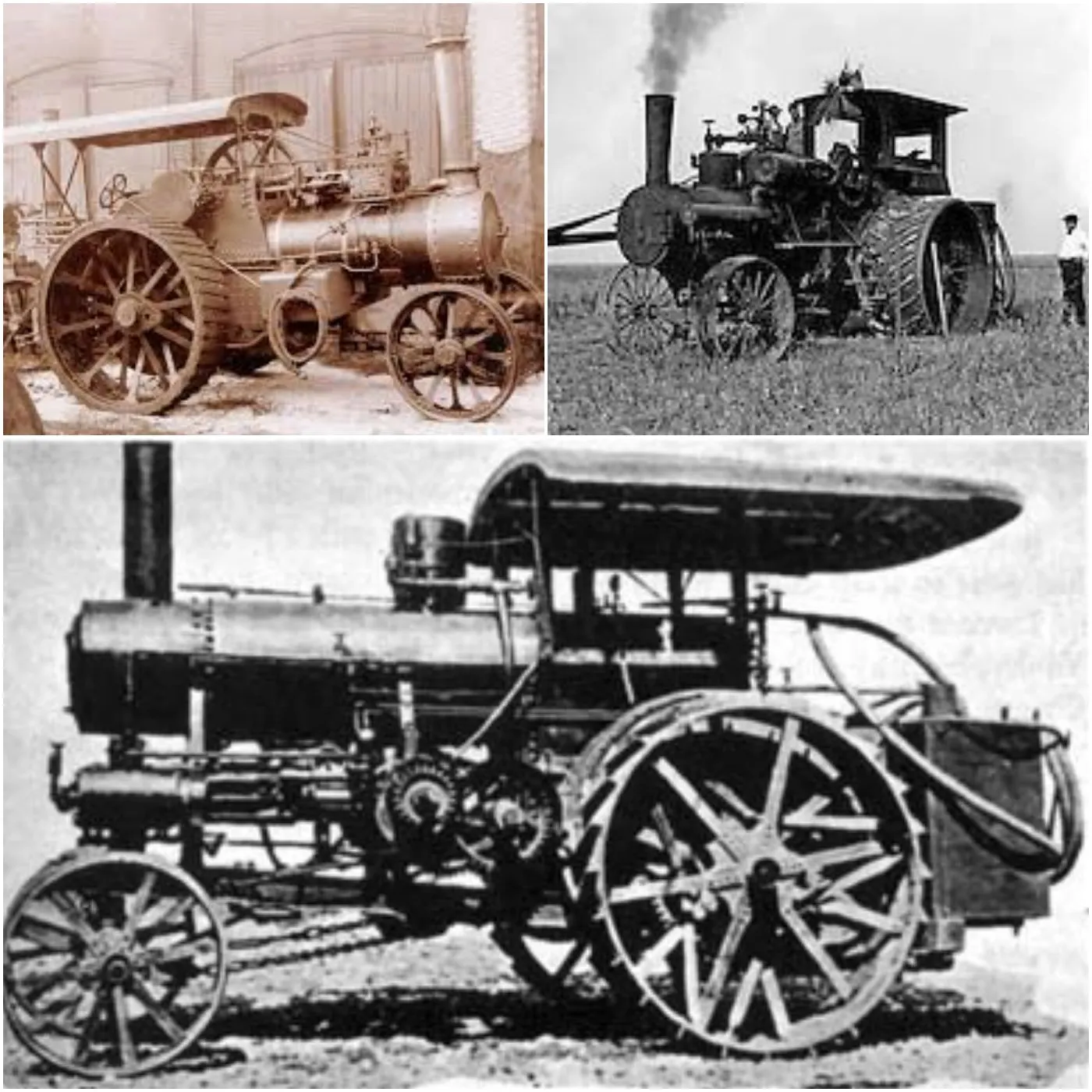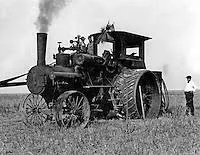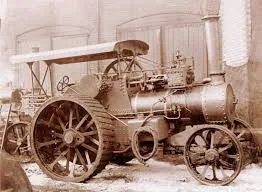The Evolution of Steam Engines: A Journey from 1916 to Modern Innovations.

Steam engines have been a cornerstone of industrial advancement since their inception. From the early 20th century to today’s innovative technologies, the journey of steam engines reflects significant progress in engineering and industry.
The first steam engines, developed in the late 17th and early 18th centuries, were rudimentary but groundbreaking. By 1916, steam engines had already undergone considerable advancements, playing a critical role in powering trains, factories, and ships.

1916-1930: Expansion in Rail Transport Steam engines powered most trains, revolutionizing transportation and commerce. The era saw the development of more efficient and powerful locomotives.
1930-1950: The Peak of Steam-Powered Industry Steam engines reached their zenith in industrial applications, driving machinery in factories and mills. Innovations in design and materials improved efficiency and reliability.
1950-1970: The Decline and Transition to Diesel and Electric Power As diesel and electric engines became more efficient and cost-effective, steam engines gradually phased out from mainstream use. However, they remained in use in specific industries and regions.
1970-Present: Preservation and Modern Uses Enthusiasts and historians have worked to preserve steam engines as a part of industrial heritage. Additionally, modern steam technology has found niche applications in sustainable energy solutions.

While traditional steam engines are no longer the primary power source, the principles behind their operation continue to influence modern technology. Steam turbines, for example, remain crucial in electricity generation, and the quest for sustainable energy has led to a renewed interest in steam-based systems.
From their humble beginnings to their pivotal role in the industrial revolution and beyond, steam engines have had a profound impact on technological and industrial development. The journey from 1916 to the present day showcases a legacy of innovation and adaptation, highlighting the enduring significance of steam power in the modern world.





